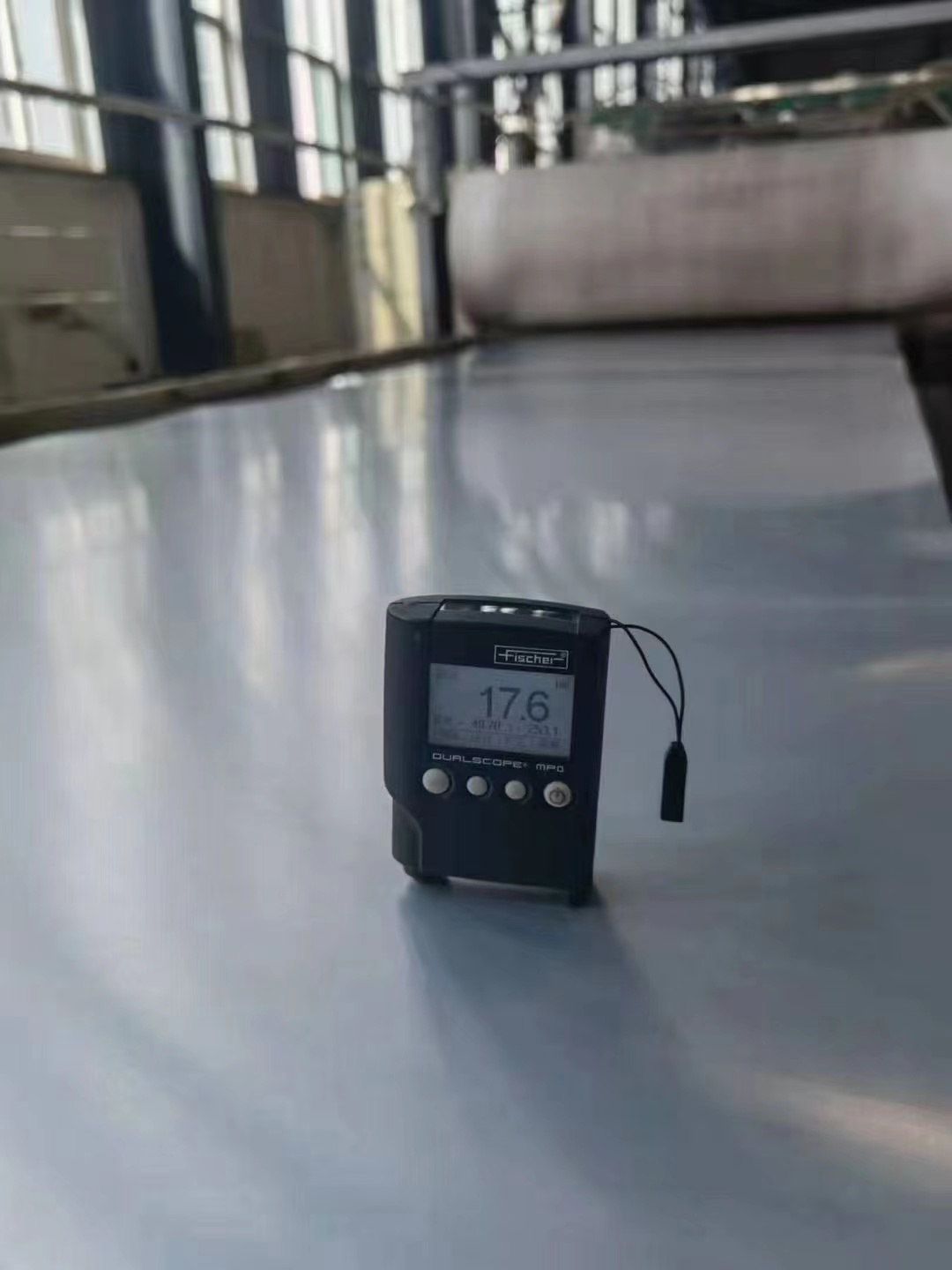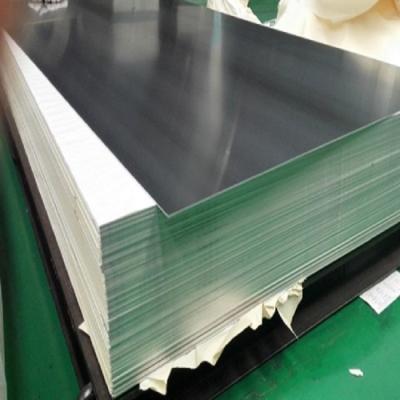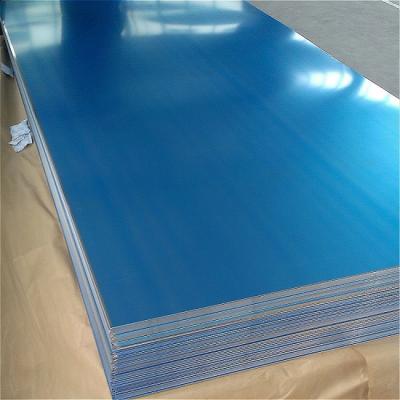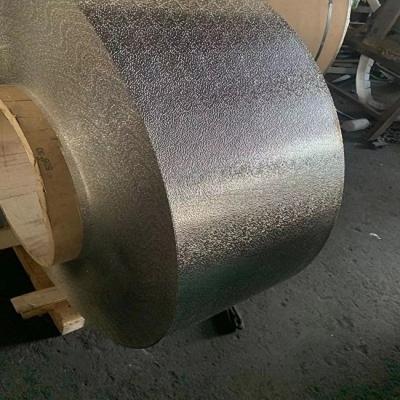Custom Size Price Anodizing Plate Gold Mirror Anodized Aluminum Sheet
Aluminum oxide plate is to place the aluminum plate in the corresponding electrolyte (such as sulfuric acid, chromic acid, oxalic acid, etc.) as the anode for electrolysis under specific conditions and under the action of applied current. The aluminum plate of the anode is oxidized, and a thin layer of alumina is formed on the surface, with a thickness of 5 ~ 20 microns, and the hard anodic oxide film can reach 60 ~ 200 microns. Aluminum oxide plate is not only very popular among customers because of its good durability, but also favored by many consumers because of its high aesthetics. It has great market potential. So, what are the advantages of aluminum oxide plate?
1. Good processability: the positive grade aluminum oxide plate has strong decoration and moderate hardness. It can be easily bent and formed, continuous high-speed stamping, which is convenient for direct processing into products without complex surface treatment, which greatly shortens the product production cycle and reduces the product production cost.
2. Good weather resistance: standard thickness oxide film (3) μ m) The anodized aluminum plate is used indoors for a long time without discoloration, corrosion, oxidation and rust. Thickened oxide film (10) μ m) The anodized aluminum plate can be used outdoors and can be exposed to the sun for a long time without discoloration.
3. Strong metal sense: the anodized aluminum plate has high surface hardness, up to gem level, good scratch resistance, no paint coverage on the surface, retains the metal color of the aluminum plate, highlights the modern metal sense, and improves the product grade and added value.
4. High fire resistance: pure metal products, without paint and any chemical substances on the surface, do not burn at 600 ° C, do not produce toxic gases, and meet the requirements of fire protection and environmental protection.
5. Strong stain resistance: no fingerprints, no stain marks, easy to clean and no corrosion spots.
Difference between aluminum oxidation and non oxidation:
1. Oxidized aluminum will form a dense oxide film on the surface of the base, so the corrosion resistance will increase, and the melting boiling point will also increase. It can be used as a heat-resistant material, while non oxidized aluminum does not have these properties.
2. Oxidized aluminum has a layer of oxide film, so it is corrosion-resistant and has more stable chemical properties than aluminum. In addition, aluminum can release hydrogen when it reacts with acid and alkali, and alumina has no gas.
3. After oxidation, a dense oxide film will be formed on the surface, so that the aluminum inside will not continue to oxidize.
4. Non oxidized aluminum is easy to be corroded in the air, resulting in yellow spots or black spots, while aluminum oxide plate will not appear.
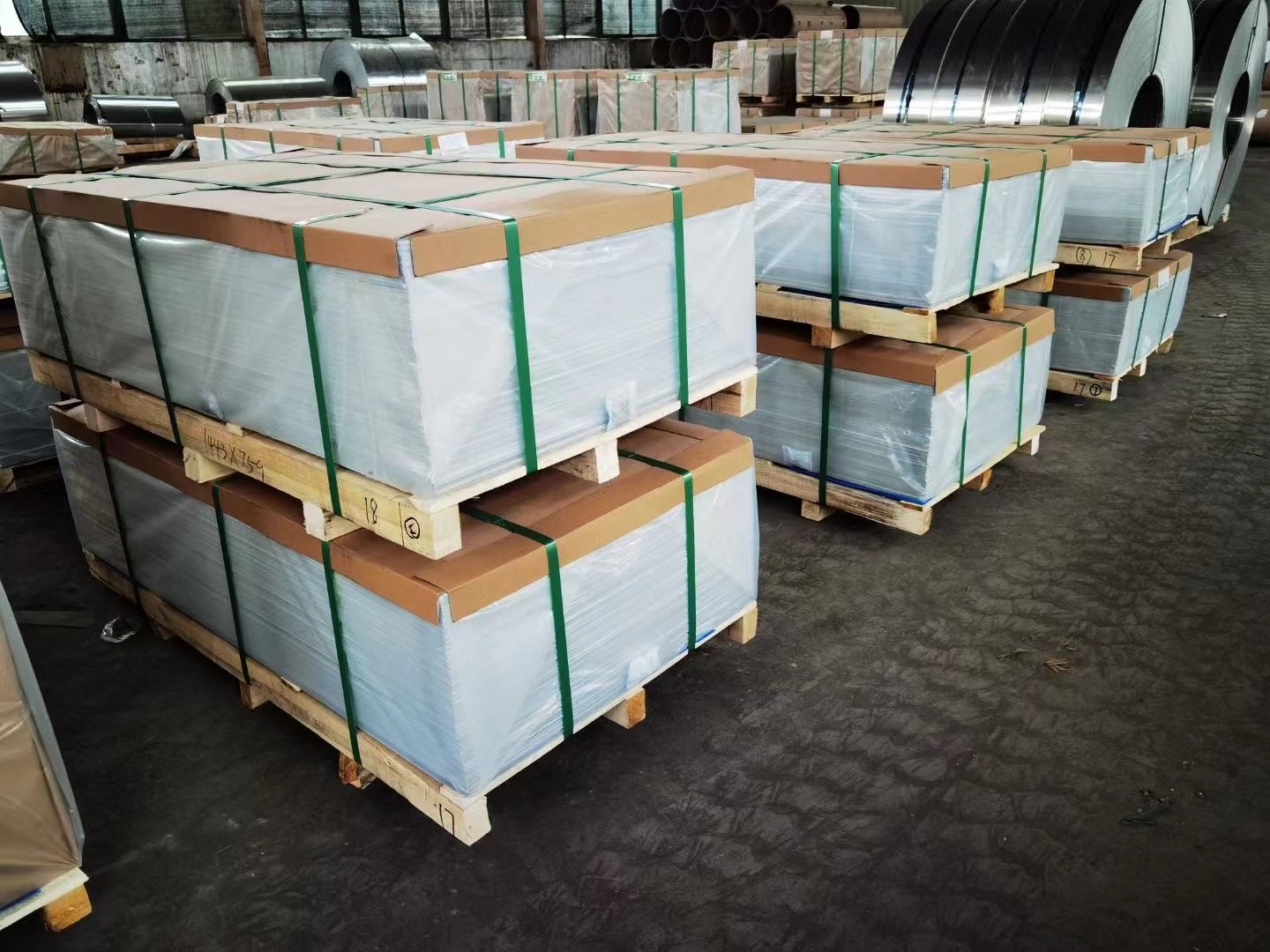
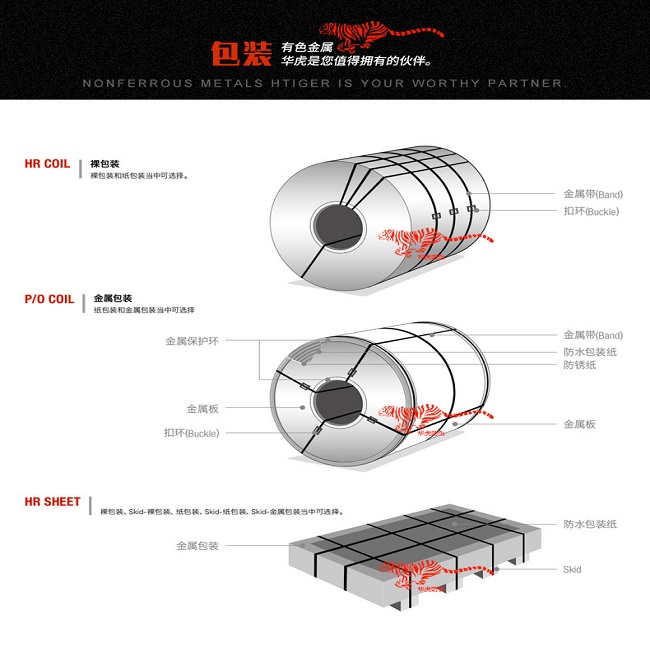
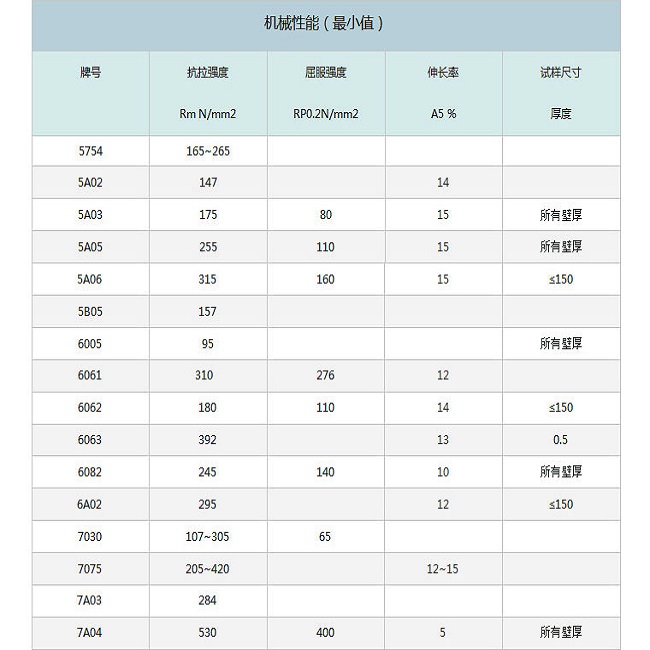
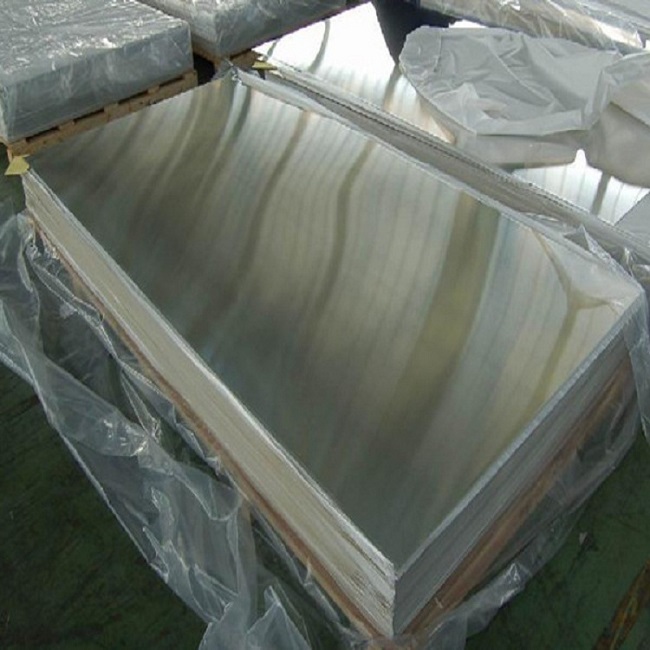
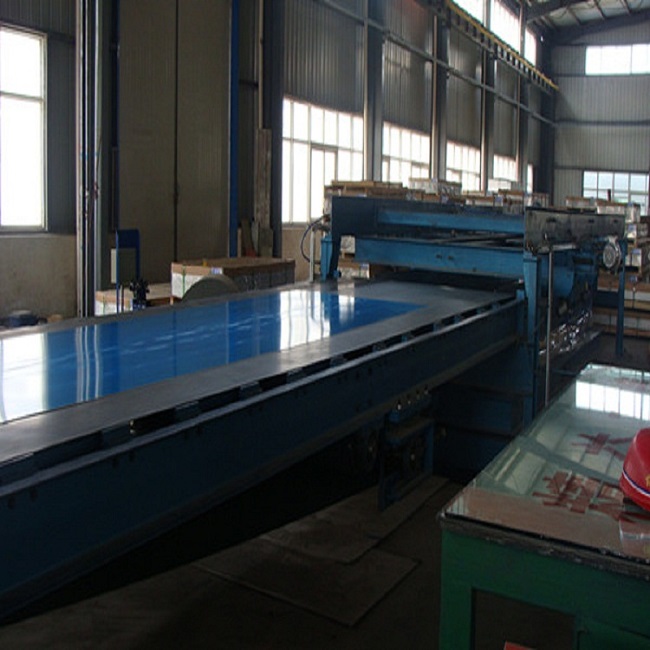
Related Products
Related News
Submitted successfully
We will contact you as soon as possible


